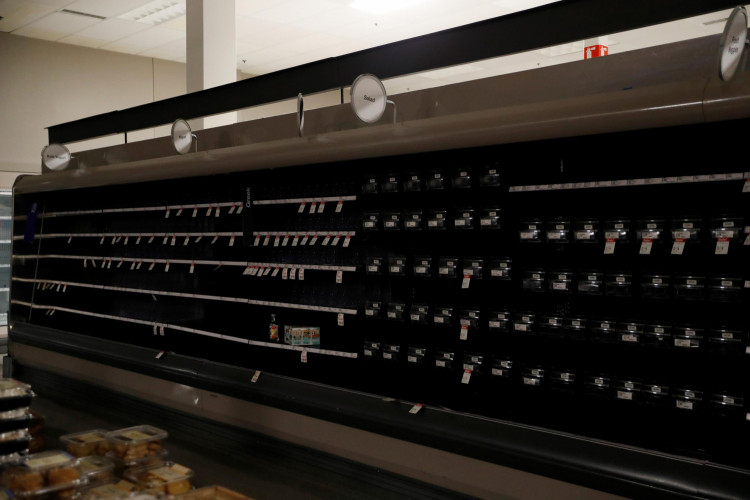Pacific Gas & Electric announced another huge loss late Thursday as its rusty transmission lines are blamed for the catastrophic wildfires that is pushing the troubled company into a deeper hole.
The corporation reported paying for destructive fires in 2017 and 2018, more stringent testing of their electrical equipment, and consumer compensation for ongoing blackouts designed to prevent future blazes. Pacific Gas is facing a bill of more than $6 billion this year alone.
In fact, PG&E has reported a $2.5 billion payout for the 2017 and 2018 wildfires with insurance companies, raising the cumulative disaster costs to $20 billion over those years, according to a report to regulators.
This added up to a July-September loss of $1.62 billion, a turnaround from last year's gain of $564 million at the same time.
That is a loss of $3.06 per share, or $1.11 if one-time costs are removed. The company's revenues hit the $4.43 billion mark, with expenses pegged at $4 billion for the first nine months of the year.
PG&E's statement for the third quarter gives only a snapshot of the immense pressure on the San Francisco utility as it goes through its second difficult restructuring in less than two decades.
It returned largely intact from a restructuring three-year period that concluded in 2004, but this time around it is on much shakier ground.
Many shareholders have escaped from the proverbial sinking ship that is PG&E. In Thursday's session, the company's stock was down 13 percent to $6.02.
This is a sobering fall from its $71.57 peak price in 2017 just before the first round of wildfires wreaked havoc on the financial environment.
Gov. Gavin Newsom of California is planning to use the restructuring process to force radical changes on PG&E.
This could include transforming the company into a customer-owned collective, a still-beginning proposal floated by mayors and other officials from more than two dozen cities and counties in the vast service area of PG&E, in a letter to state regulators earlier this week.
In January, the 114-year-old company landed again in default as it struggles with an additional $30 billion in possible wildfire claims that its devices sparked and possibly ignited in 2017 and 2018.
These include last November's fire in the northern California town of Paradise, which killed 85 people and incinerated about 19,000 homes, businesses and other buildings.
Such costs will increase even more if PG&E is found accountable for burning parts of Northern California last month.
The utility still draws scrutiny for repeated blackouts that have left millions without electricity as it seeks to curb wildfires in hot, windy conditions that have become a regular California autumn tradition.






